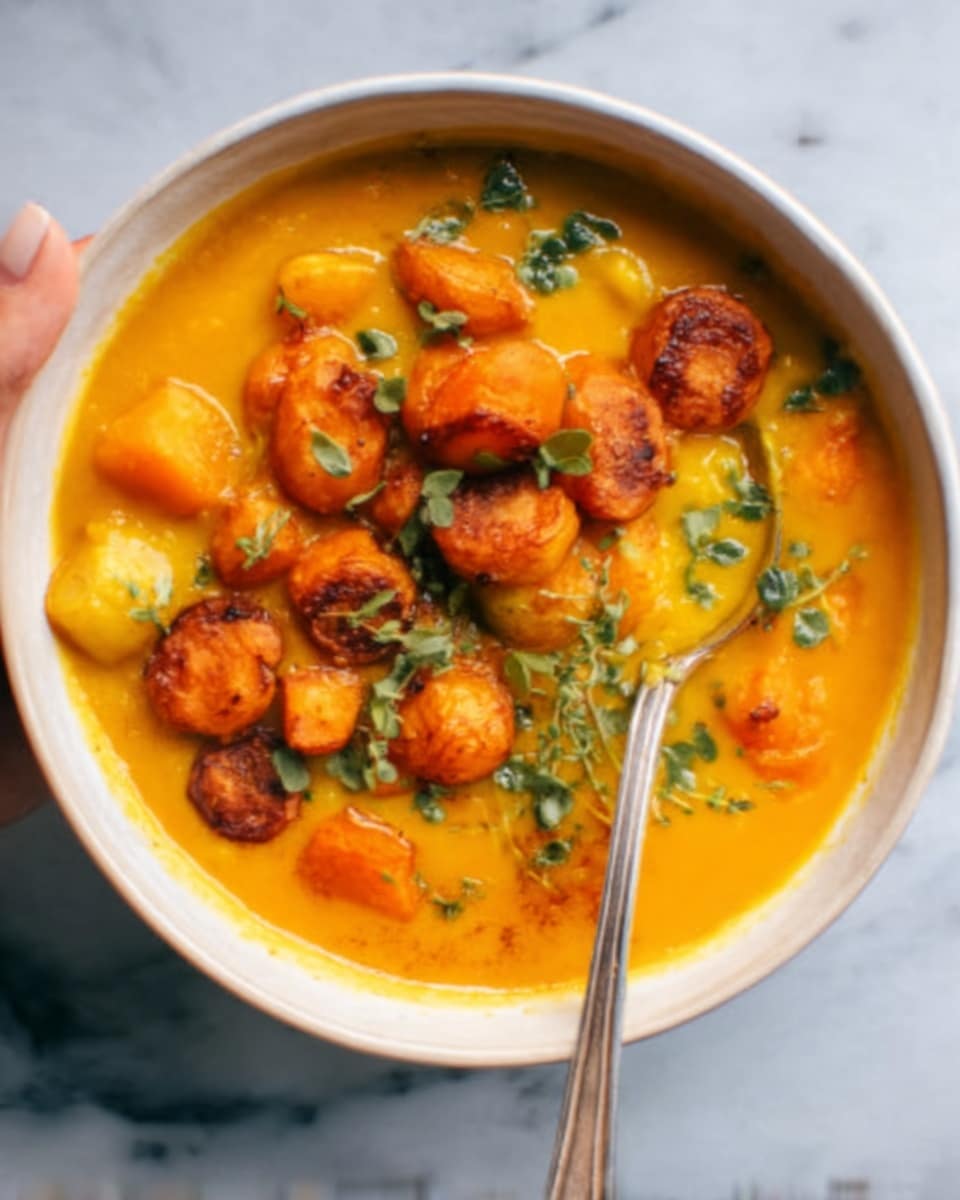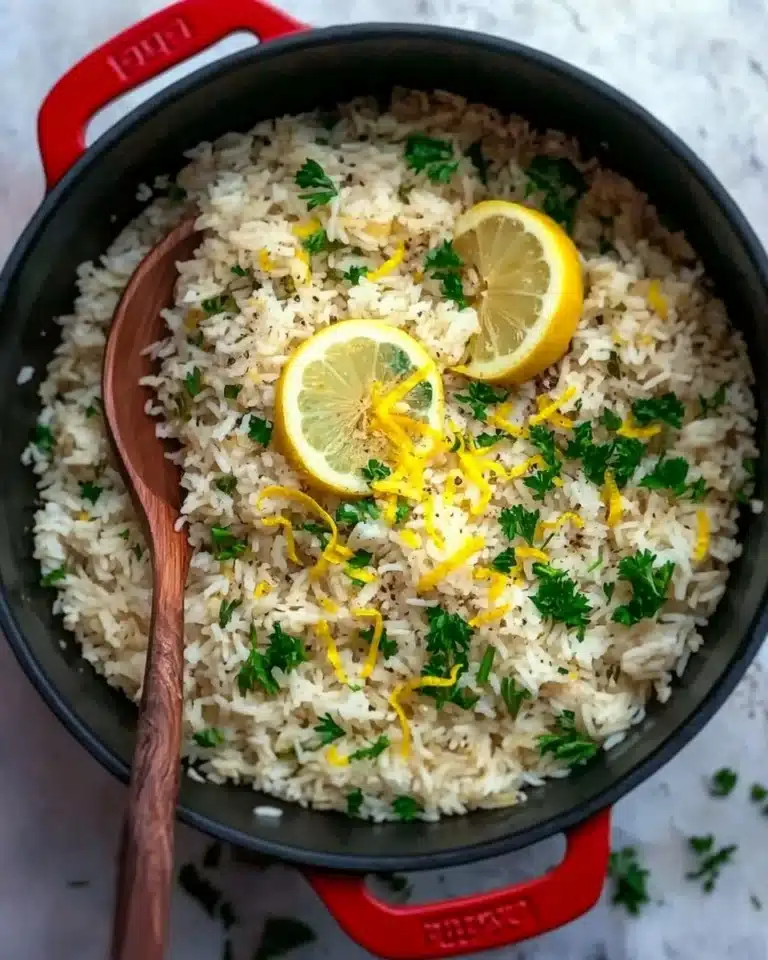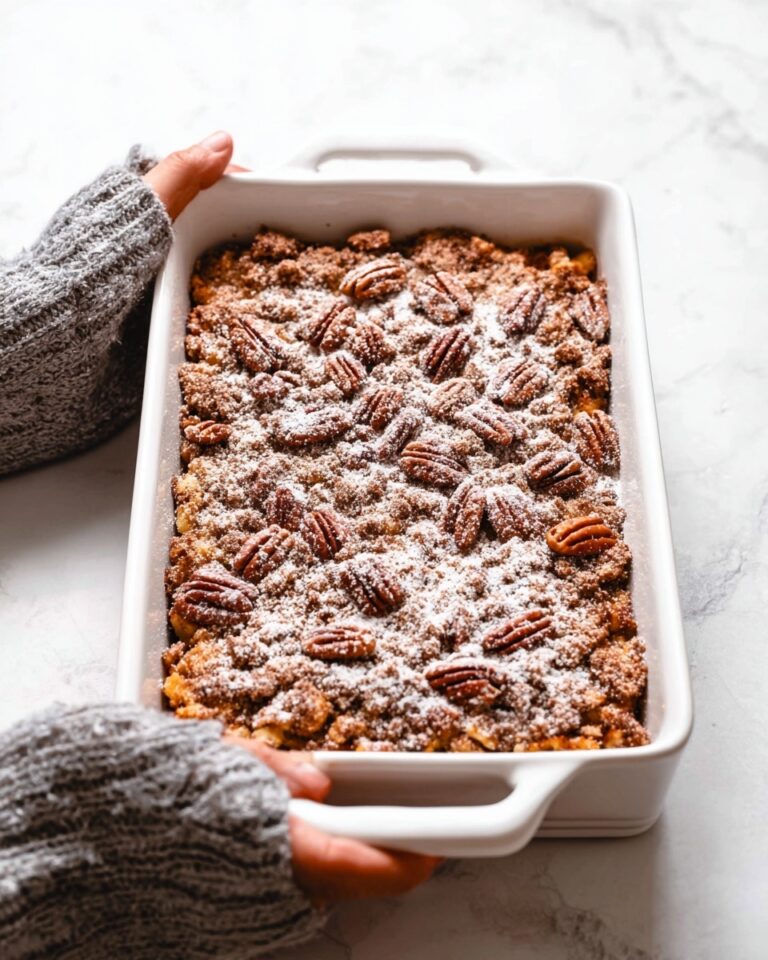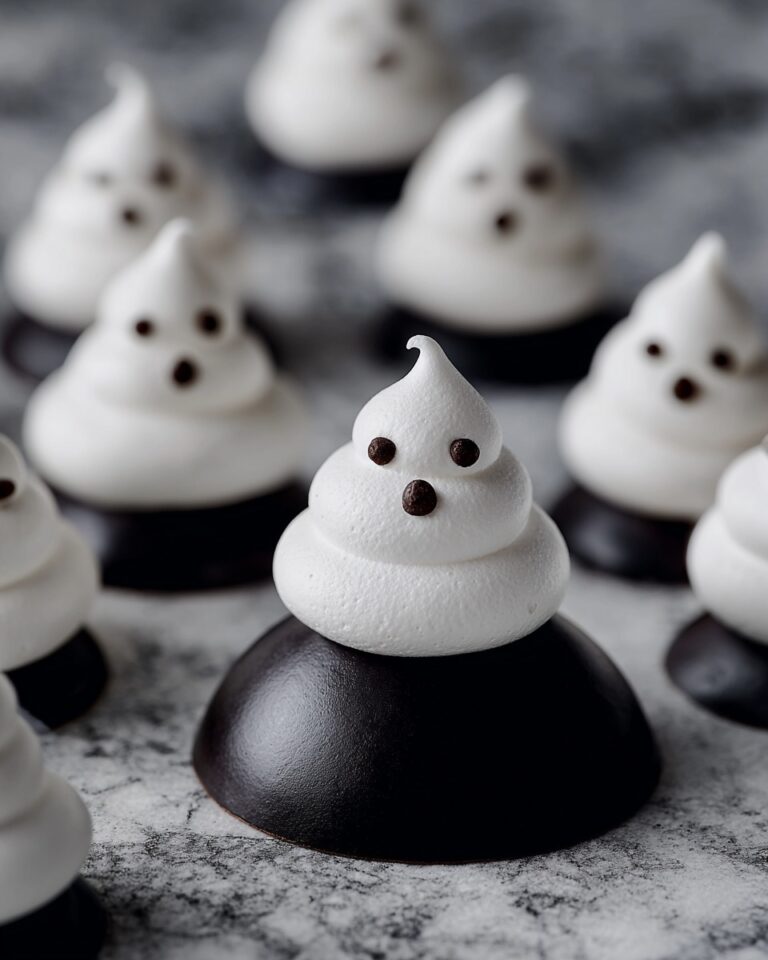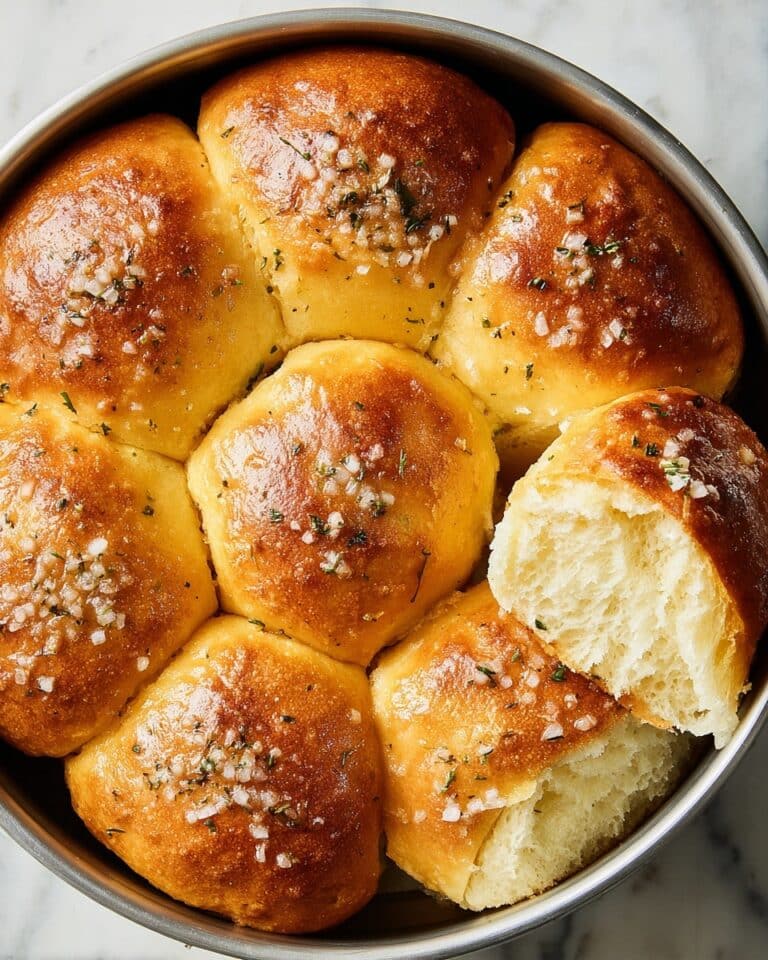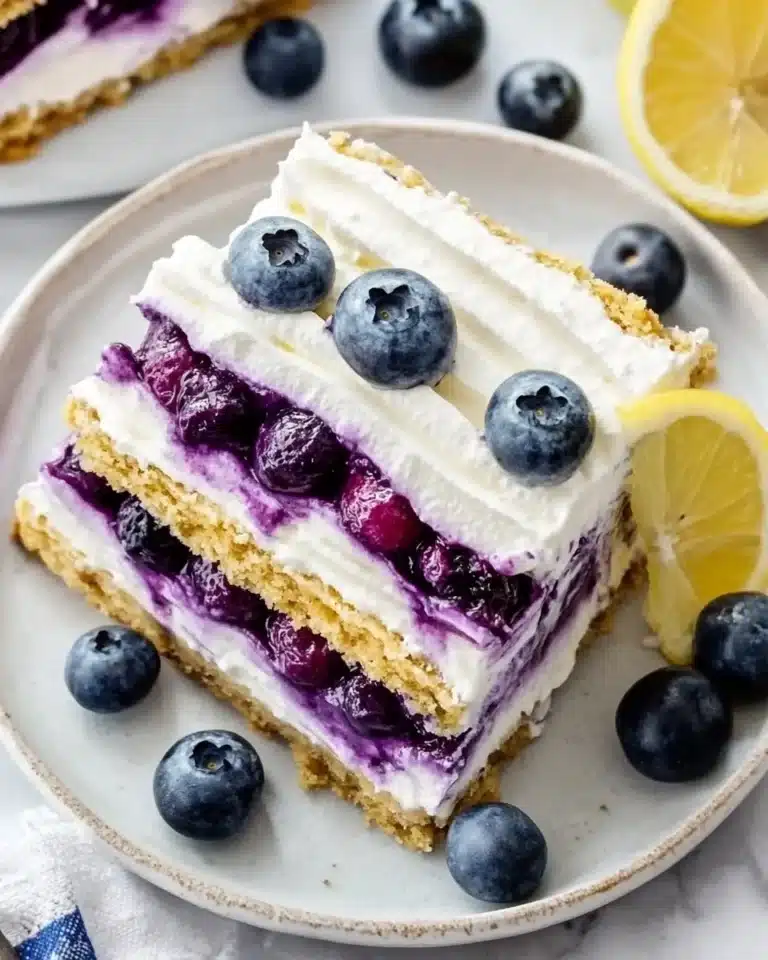I absolutely love this Creamy Chickpea and Carrot Curry Recipe because it hits all the right notes—rich coconut creaminess, a blast of warming spices, and hearty veggies all in one pot. When I first tried this dish, I was surprised at how effortlessly the carrots and chickpeas soak up the curry flavors while remaining tender but not mushy. It’s the perfect cozy dinner for any day you want comfort food without the fuss.
You’ll find that this recipe works wonderfully for weeknight meals or even meal-prepping because it tastes even better the next day. Plus, it’s super versatile and budget-friendly, which makes it a staple in my kitchen. Trust me, once you try this Creamy Chickpea and Carrot Curry Recipe, it’ll probably become your go-to curry too!
Why You’ll Love This Recipe
- One-Pot Wonder: Everything cooks in one pot, meaning less cleanup and more time to relax.
- Creamy Comfort: Coconut milk and blended carrots create an irresistible silky texture that feels indulgent yet wholesome.
- Budget-Friendly & Nutritious: Chickpeas and carrots are affordable, packed with fiber and protein, and keep you full and satisfied.
- Flexible & Flavorful: Customize the curry paste heat and add tofu for extra protein, making it ideal for many diets.
Ingredients You’ll Need
The magic of this Creamy Chickpea and Carrot Curry Recipe comes from a blend of simple, fresh ingredients that combine to make a deeply flavorful meal. Using fresh ginger and garlic gives it that authentic curry aroma, while coconut milk adds a luxuriously creamy finish.
- Olive oil: I prefer extra virgin for more flavor; dividing it helps with layering the cooking process.
- Yellow onion: Adds sweetness and depth as it caramelizes; don’t rush this step.
- Carrots: Thinly slicing helps them cook evenly and blend smoothly when pureed.
- Coconut milk: Use full-fat canned for richness; it’s the star of the creamy sauce.
- Bell pepper: Adds a fresh, slightly sweet crunch balancing the spices.
- Garlic cloves: Thin slices release flavor without being overpowering.
- Minced fresh ginger: Offers warmth and a slight zing; fresh really makes a difference here.
- Chickpeas: Drained and rinsed for a clean flavor and perfect texture.
- Diced tomatoes in juice: Bring acidity and brightness that lift the dish.
- Extra or super firm tofu: Cubed for a plant-based protein boost; optional but delicious.
- Yellow or red curry paste: Adjust this to your heat preference—it’s where your curry base comes alive.
- Water: Helps balance the sauce and ensures the carrots get tender.
- Frozen or canned peas: Added at the end for a pop of color and sweetness.
- Chopped cilantro: Fresh herb to brighten the final dish.
- Lime juice: Adds that final zesty punch that makes everything pop.
Variations
I love to mix things up with this Creamy Chickpea and Carrot Curry Recipe depending on what’s in my fridge or my mood. Feel free to swap in your favorite veggies or adjust protein to fit your dietary needs—you can make this dish truly your own!
- Swap the Tofu for Chicken or Paneer: I’ve made this with cubed chicken breast or paneer cheese for a different protein experience—it turns out equally comforting and hearty.
- Spice Levels: If you like it hot, add extra curry paste or a pinch of cayenne—I usually bump it up a bit for the family and love the extra kick.
- Seasonal Veggies: Sometimes I toss in spinach or kale near the end of cooking for a green boost; it works beautifully with the creamy sauce.
- Make It Nut-Free: Just double-check your curry paste ingredients, or make your own to avoid any hidden nuts if allergies are a concern.
How to Make Creamy Chickpea and Carrot Curry Recipe
Step 1: Building the Flavor Base
Start by heating 2 tablespoons of olive oil over medium-high heat in a large pot with a lid. Add your chopped yellow onion along with 2 cups of the thinly sliced carrots. Let these cook gently for about 10 minutes, stirring occasionally until the onions develop a lovely light brown color. This slow caramelization is the foundation of the curry’s depth. Once done, set aside the onion and carrot mix to cool slightly before blending it with the coconut milk until smooth. This step is what gives the curry its creamy and luxurious texture, so don’t skip the pureeing!
Step 2: Layering the Curry
Using the same pot—no need to dirty another—heat the remaining tablespoon of oil. Toss in your diced bell pepper, sliced garlic, fresh minced ginger, drained chickpeas, and the rest of the carrots. Let everything cook for about 5 minutes so the flavors start to mingle and the carrots soften a bit. Then add diced tomatoes with their juices, cubed tofu, curry paste, water, and your creamy onion-carrot-coconut milk blend. Stir well to combine and bring it to a boil.
Step 3: Simmer and Finish
Once boiling, cover your pot with the lid, reduce to a simmer, and let it cook gently for 20 minutes or until the carrots are tender. This slow simmer allows the curry paste and coconut milk to meld beautifully with the vegetables and tofu. Don’t forget to taste halfway through and add a little more curry paste if you want it spicier—this is your chance to get it just right!
Step 4: Finishing Touches
Turn off the heat and stir in the peas, chopped cilantro, and fresh lime juice to brighten the dish. These ingredients provide fresh bursts of flavor and vibrant color, making your curry look and taste amazing. Serve it hot, ideally with rice or your favorite bread.
Pro Tips for Making Creamy Chickpea and Carrot Curry Recipe
- Don’t Skip Blending: Blending the onion and carrot with coconut milk creates that silky sauce—skip it, and you’ll miss out on the creaminess.
- Carrot Slicing Matters: Thin, even slices help the carrots cook evenly and blend smoothly without needing extra cooking time.
- Adjust Curry Paste Slowly: Add more paste bit by bit after simmering to avoid overpowering the curry with heat.
- Gentle Simmer: Keep the heat low enough to avoid boiling off the coconut milk’s richness and to prevent burning at the bottom.
How to Serve Creamy Chickpea and Carrot Curry Recipe
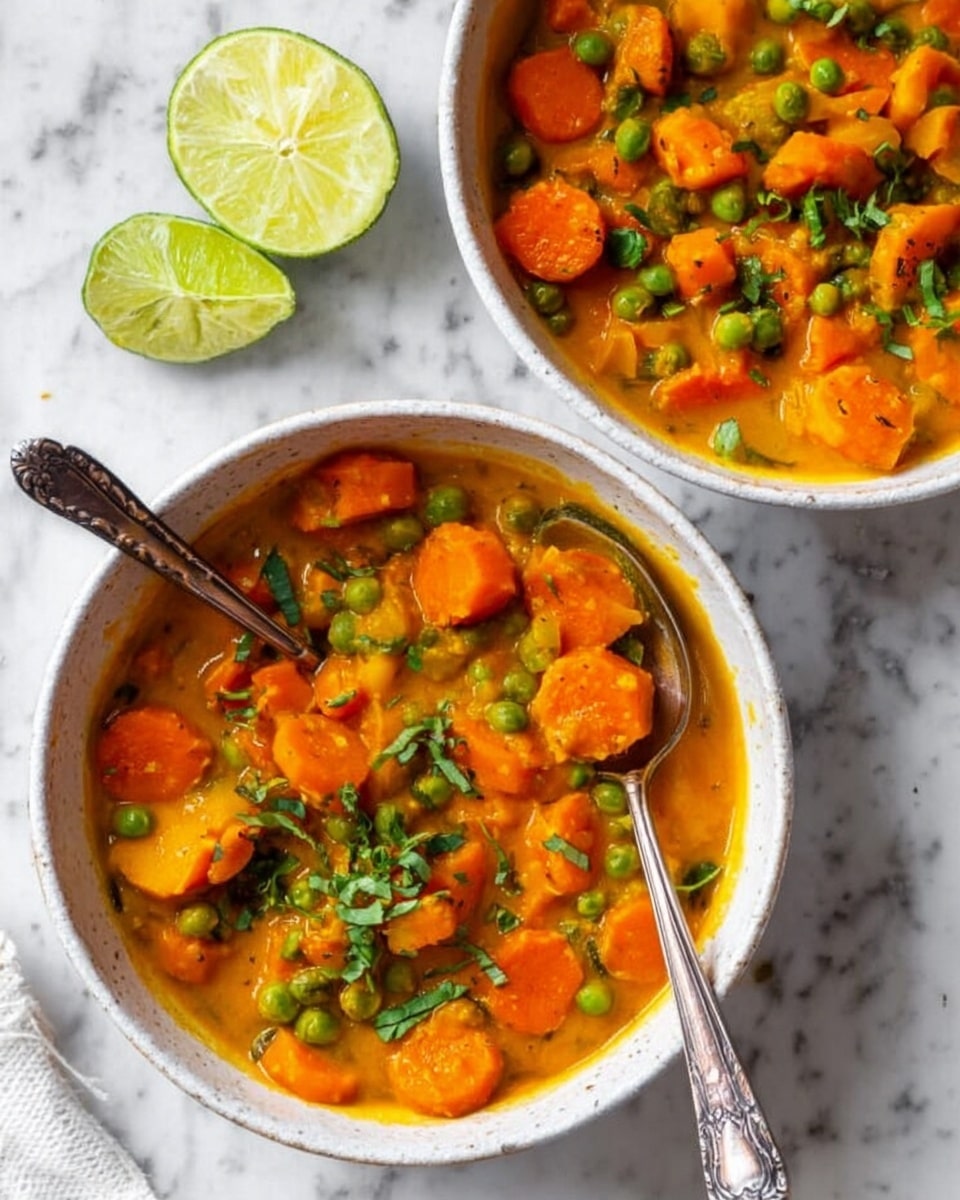
Garnishes
I love topping this curry with fresh chopped cilantro and a squeeze of lime juice for brightness. Sometimes I’ll add a dollop of yogurt or a sprinkle of toasted coconut flakes for extra texture and creaminess. These simple garnishes elevate the dish beautifully without complicating things.
Side Dishes
My favorite way to enjoy this curry is with fluffy basmati rice or warm naan bread straight from the oven. You could also serve it alongside simple steamed greens or a fresh cucumber salad to balance the richness of the curry.
Creative Ways to Present
For a special occasion, I’ve served this curry in hollowed-out bell peppers or small bread bowls, which looks gorgeous and makes a fun presentation. Also, drizzle a little coconut cream in a swirl or sprinkle with chili flakes before serving to impress your guests.
Make Ahead and Storage
Storing Leftovers
I store leftovers in an airtight container in the fridge for up to 4 days. The flavors actually deepen overnight, making it a perfect make-ahead meal for busy days. Just give it a good stir before reheating.
Freezing
This curry freezes beautifully. I portion it into freezer-safe containers and store for up to 3 months. When thawed, the creamy texture remains fantastic, though I always stir it gently during reheating to bring it back to life.
Reheating
I reheat leftovers gently on the stovetop over low-medium heat, adding a splash of water or coconut milk if it’s too thick. That helps keep the curry smooth and prevents it from sticking to the pan. Microwave reheating works too—just stir halfway through for even warming.
FAQs
-
Can I make this Creamy Chickpea and Carrot Curry Recipe vegan?
Absolutely! This recipe is naturally vegan if you use vegetable-based curry paste or make your own. The tofu adds plant-based protein, and the creamy texture comes from coconut milk, making it a perfect vegan comfort meal.
-
What can I substitute for tofu if I’m not a fan?
If tofu isn’t your thing, you can use cooked chicken, paneer, or even extra chickpeas for protein. You could also omit it entirely and the curry will still be delicious and filling thanks to the chickpeas and veggies.
-
How spicy is this curry? Can I control the heat?
The heat level mostly depends on the curry paste you use. I start with 1 ½ tablespoons and adjust to taste after simmering. You can add more curry paste or a pinch of cayenne pepper if you want it hotter, or use mild curry paste for a gentle flavor.
-
Can I use fresh tomatoes instead of canned?
Yes, fresh diced tomatoes work well if they’re ripe and juicy. You might need to add a bit more water or simmer longer to get the same saucy consistency since canned tomatoes come with their juices.
-
What should I serve with this curry?
Basmati rice, naan bread, or even quinoa are excellent choices to soak up the creamy sauce. For a lighter side, steamed greens or a crisp cucumber salad complement it nicely.
Final Thoughts
This Creamy Chickpea and Carrot Curry Recipe has become a family favorite in our house — it’s warming, nourishing, and easy enough to whip up on any night. I love sharing this recipe because it’s approachable yet full of flavor, and always brings smiles around the dinner table. If you’re looking for a comforting, plant-friendly meal that’s a little different from the usual, give this one a try—I’m sure it’ll quickly become one of your cherished recipes too!
Print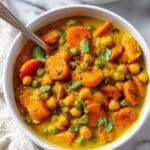
Creamy Chickpea and Carrot Curry Recipe
- Prep Time: 15 minutes
- Cook Time: 35 minutes
- Total Time: 45 minutes
- Yield: 4 servings
- Category: Main Dish
- Method: Stovetop
- Cuisine: Indian
- Diet: Vegan
Description
This creamy chickpea and carrot curry is a comforting, flavorful one-pot meal perfect for a cozy dinner. Made with tender carrots, protein-packed chickpeas, and optional tofu, simmered in a smooth coconut milk and curry paste sauce, it offers a delicious, hearty vegan dish that’s easy to prepare and packed with nutrients.
Ingredients
Vegetables
- 1 large yellow onion, chopped
- 8 large carrots, thinly sliced
- 1 red or green bell pepper, diced
- 4 garlic cloves, sliced
- 2 teaspoons minced fresh ginger
- 2 cups frozen or canned peas
- 3 tablespoons chopped cilantro
- Juice of ½ a lime
Proteins & Legumes
- 1 (15-ounce) can chickpeas, drained and rinsed
- 1 block extra or super firm tofu, cubed
Liquids & Sauces
- 1 (13.6-ounce) can coconut milk
- 1 (14.5-ounce) can diced tomatoes in their juices
- 1 cup water
Oils & Spices
- 3 tablespoons olive oil, divided
- 1 ½ tablespoons yellow or red curry paste (or more if desired)
Instructions
- Sauté Onions and Carrots: Over medium-high heat, heat 2 tablespoons of olive oil in a large pot with a lid. Add the chopped onions and 2 cups of the thinly sliced carrots. Cook for about 10 minutes until the onions begin to lightly brown. Remove the onions and carrots from the pot and set aside on a plate to cool.
- Blend Onion-Carrot Mixture: Once cooled, transfer the sautéed onions and carrots into a blender. Add the entire can of coconut milk and blend until you get a smooth, creamy mixture. Set this aside for later use in the curry base.
- Sauté Vegetables and Aromatics: Return the pot to the stove and add the remaining 1 tablespoon of olive oil. Add the diced bell pepper, sliced garlic, minced ginger, drained chickpeas, and the rest of the carrots. Cook everything together for 5 minutes to develop flavor and soften the vegetables slightly.
- Add Curry Ingredients and Simmer: Add the diced tomatoes with their juices, cubed tofu, curry paste, water, and the blended onion-carrot-coconut milk mixture into the pot. Stir everything well to combine. Bring the mixture to a boil, then cover with a lid and reduce the heat to a simmer. Let it cook for 20 minutes or until the carrots are tender and the flavors meld beautifully.
- Adjust Seasoning and Finish: Taste the curry and add more curry paste if you want a stronger flavor. Turn off the heat, then stir in the frozen or canned peas, chopped cilantro, and lime juice. Mix well and serve the curry hot for a satisfying, nutritious meal.
Notes
- This curry is a budget-friendly, simple, and flavorful one-pot meal perfect for weeknights.
- The creamy texture comes from blending sautéed onions and carrots with coconut milk for a smooth sauce base.
- Feel free to adjust the curry paste quantity to make the dish more or less spicy according to your taste.
- Using extra firm tofu helps maintain texture during simmering, but it can be omitted for a legume-only version.
- Leftovers keep well in the refrigerator for up to 3 days and taste great reheated.
- This dish is vegan, dairy-free, and gluten-free, making it suitable for many dietary preferences.
Nutrition
- Serving Size: 1 serving
- Calories: 709 kcal
- Sugar: 22 g
- Sodium: 280 mg
- Fat: 39 g
- Saturated Fat: 21 g
- Unsaturated Fat: 17 g
- Trans Fat: 0 g
- Carbohydrates: 69 g
- Fiber: 20 g
- Protein: 27 g
- Cholesterol: 0 mg


